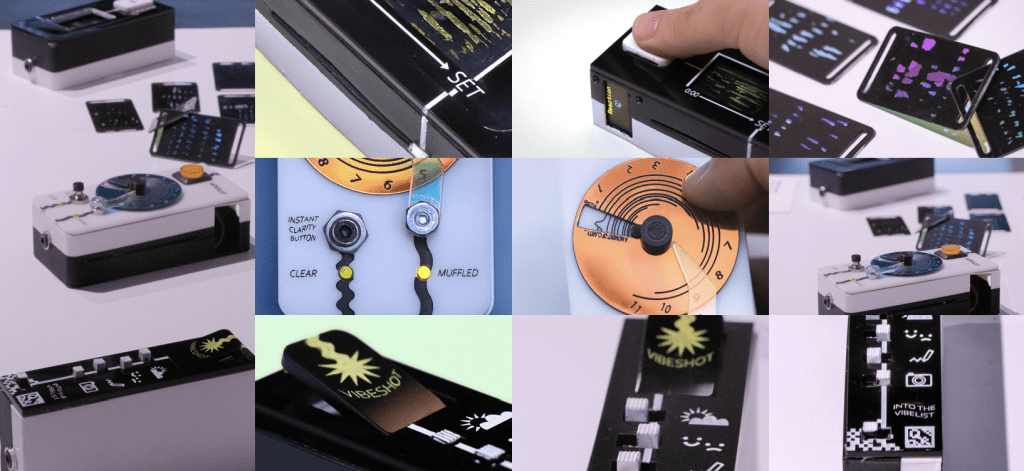
Publication
- Shin, Y., Ranjan, K., Kowalski, M., and Yoon, J. (2023). Investigating the Decision-making Experiences of Maximizers and Satisficers: The Case of Interactions with Conversational Music Recommender Systems. Human Factors in Computing Systems (CHI 2023). ACM. (Under review)
This project investigates a human-centered perspective for creating a recommender system by focusing on users’ different decision-making styles and information processing modes. According to emerging research in behavioral science, people’s decision-making tendencies can be broadly classified into two styles: (1) maximizers, who strive to maximize the expected utility and, (2) satisficers, who want to reach their own sufficiency. When users exert a high level of cognitive elaboration in decision-making, they engage in analytical processing, while imagery processing takes place when cognitive elaboration is low. Utilizing these theoretical distinctions, we developed Arlo Assistant, a conversational user interface that differentiates ways of recommending music. Through an in-lab experiment, we tested the effects of using Arlo Assistant on both maximizers’ and satisficers’ decision-making experiences. The study provides initial evidence that a personalized recommender system tailored to users’ different decision-making styles can facilitate more positive experiences and discusses implications for developing recommender systems.
